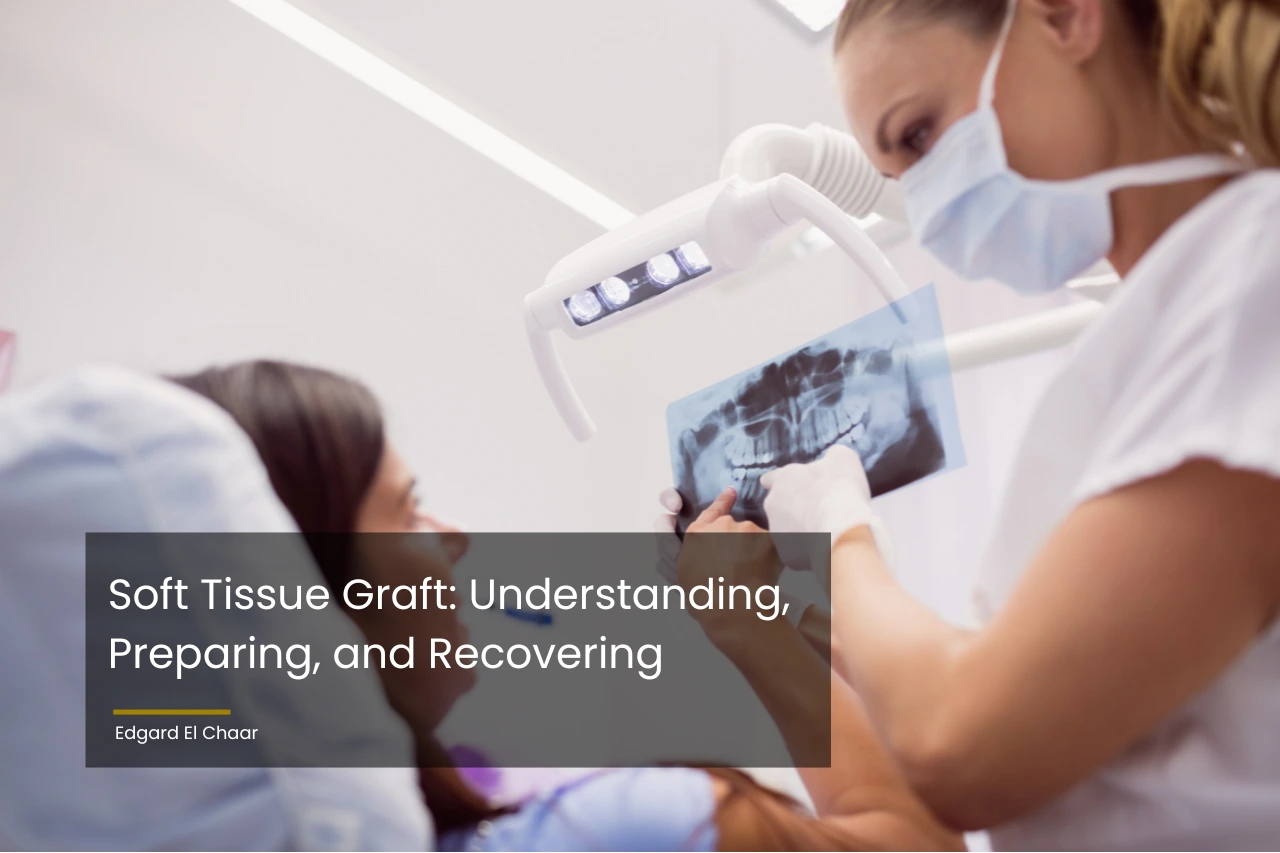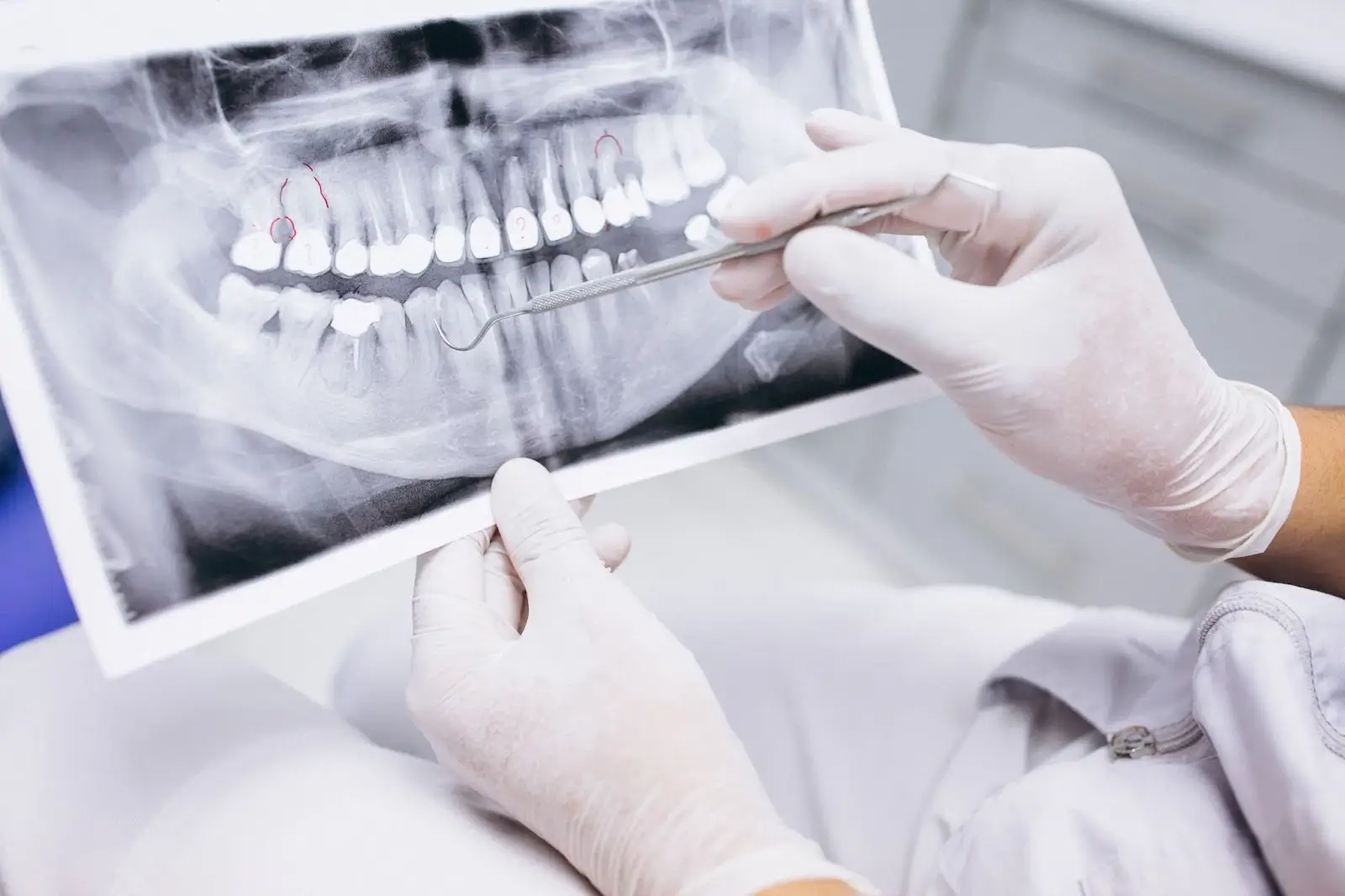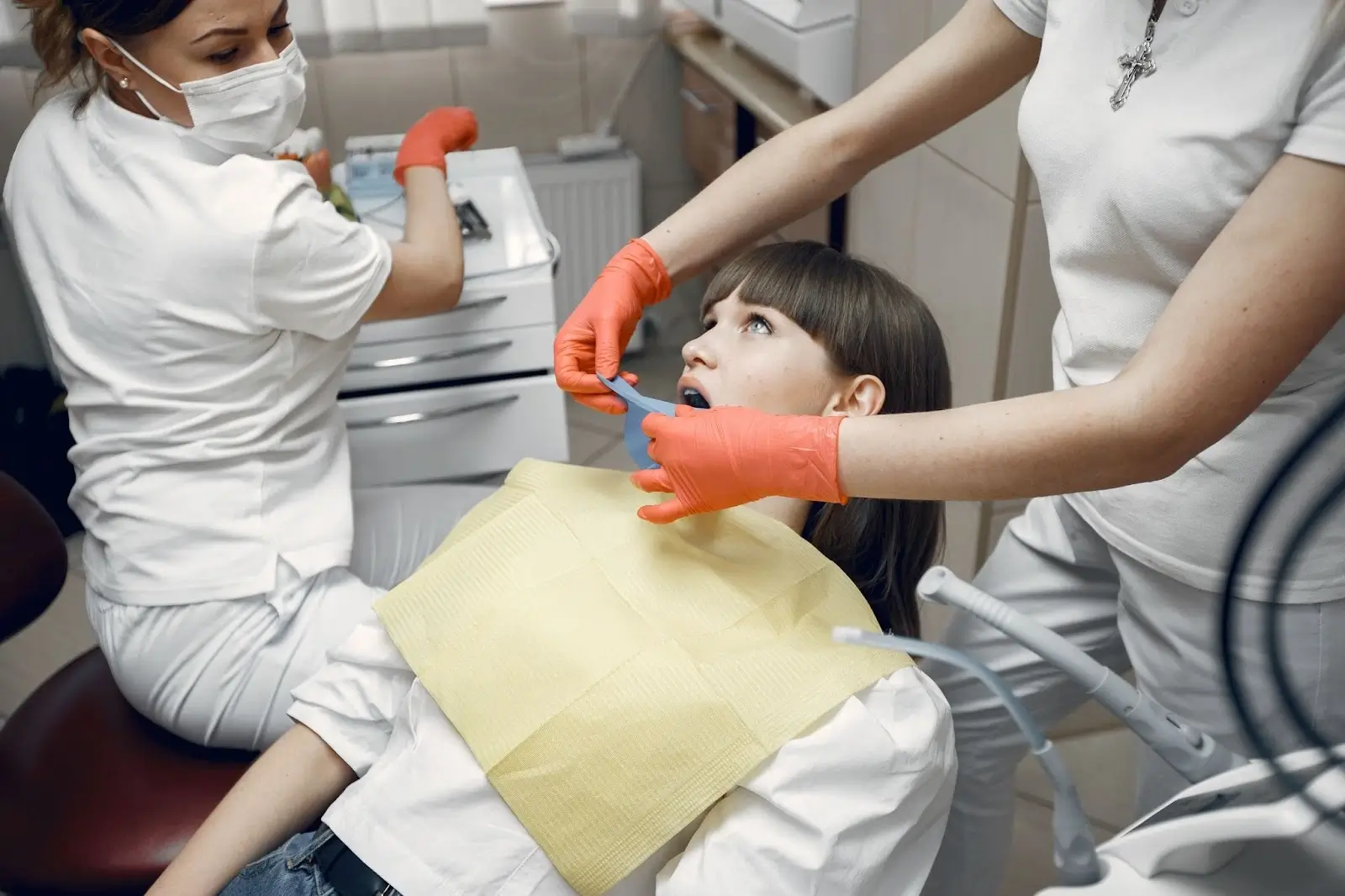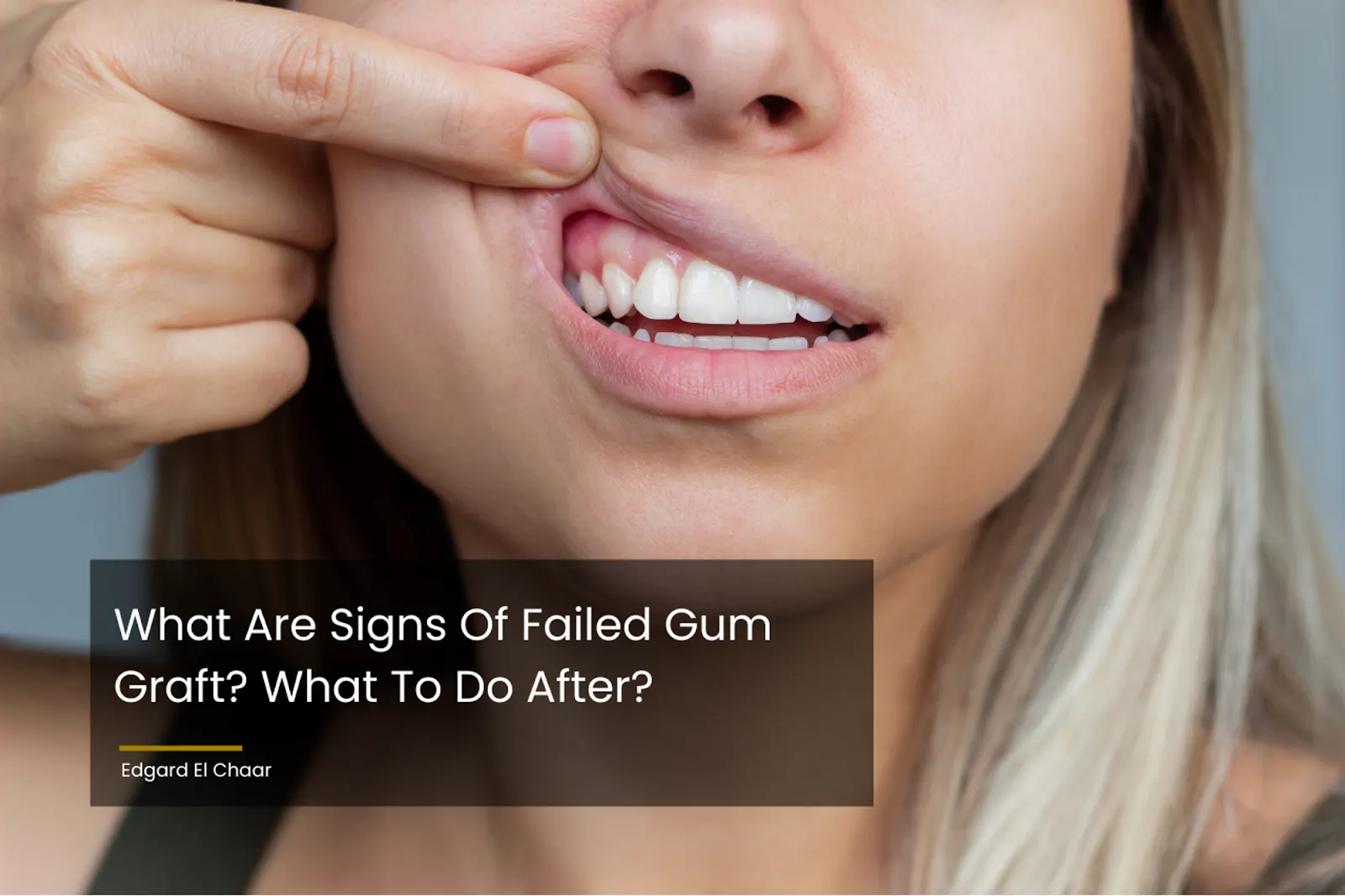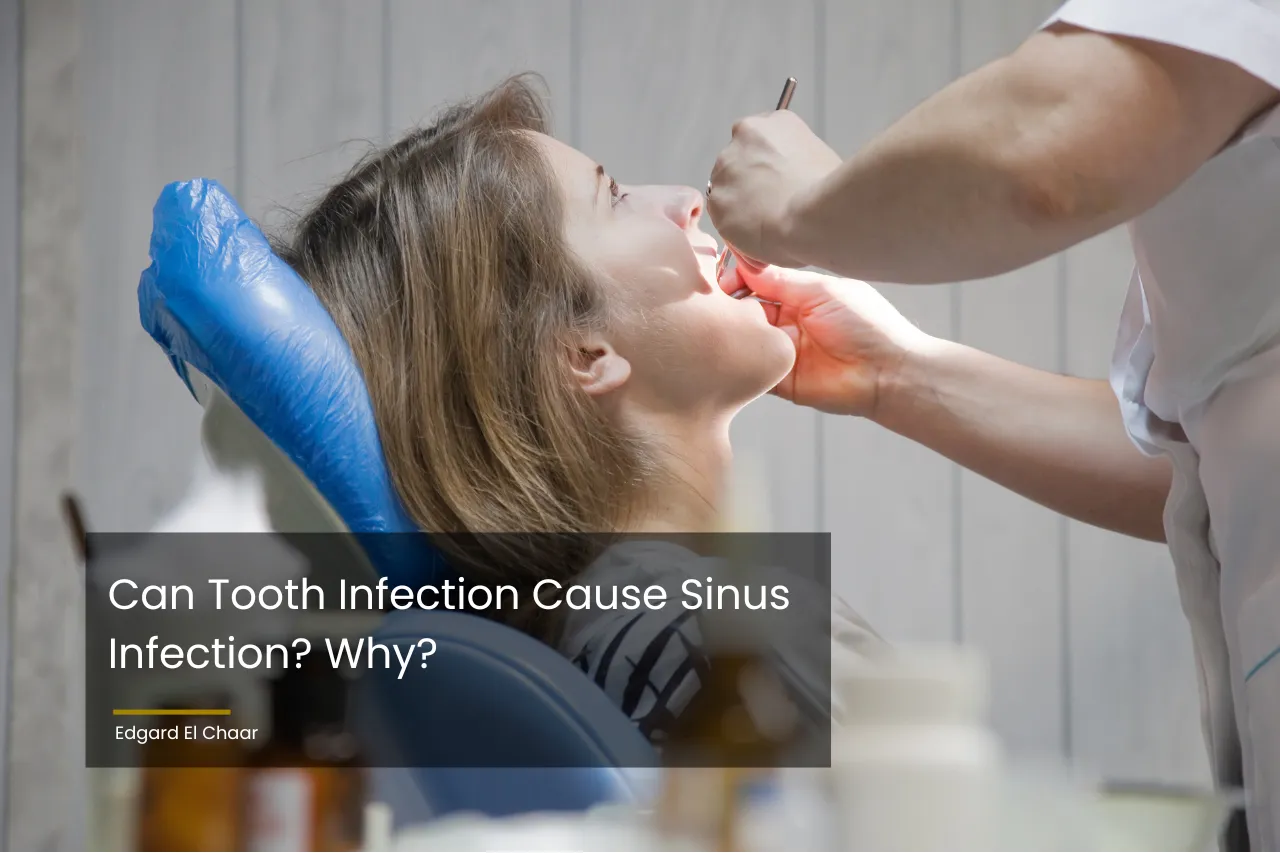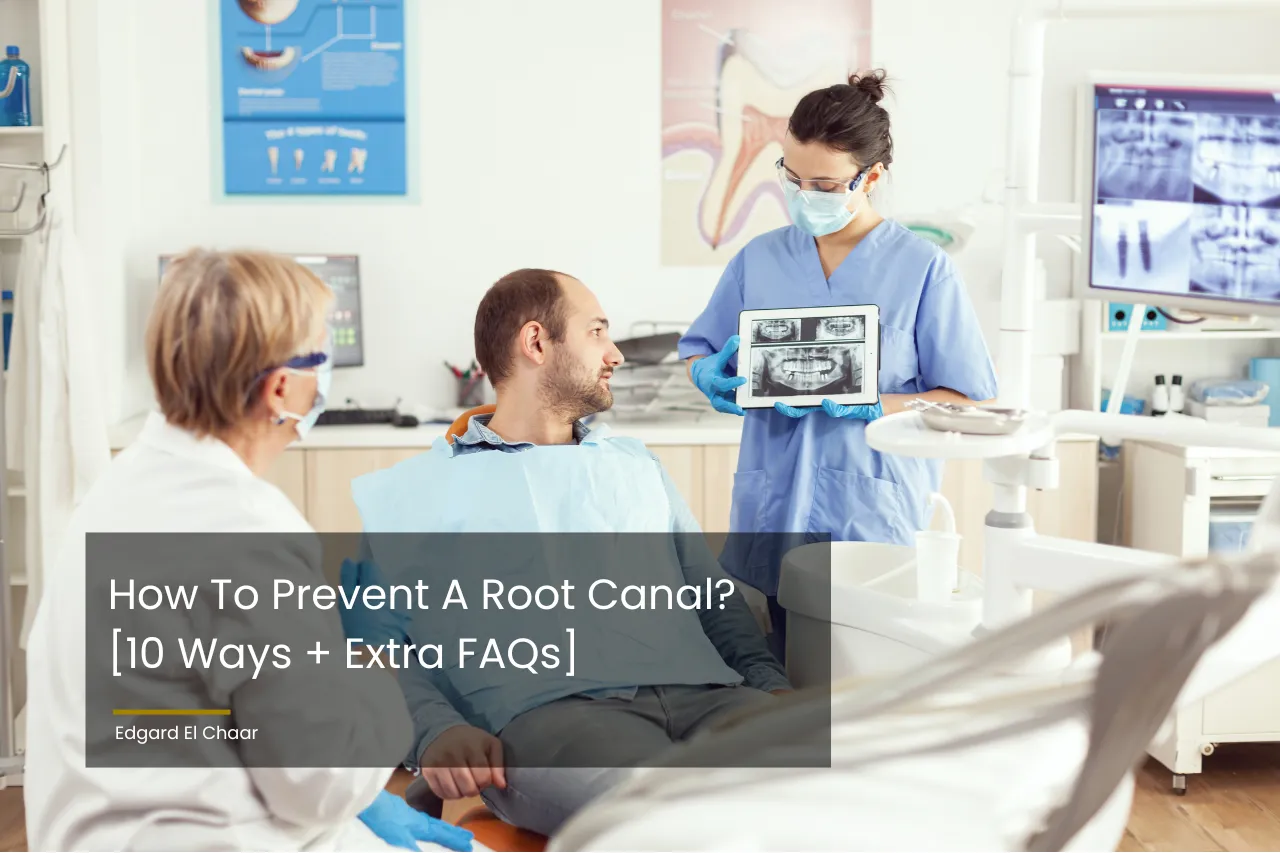Soft Tissue Graft: Understanding, Preparing, and Recovering
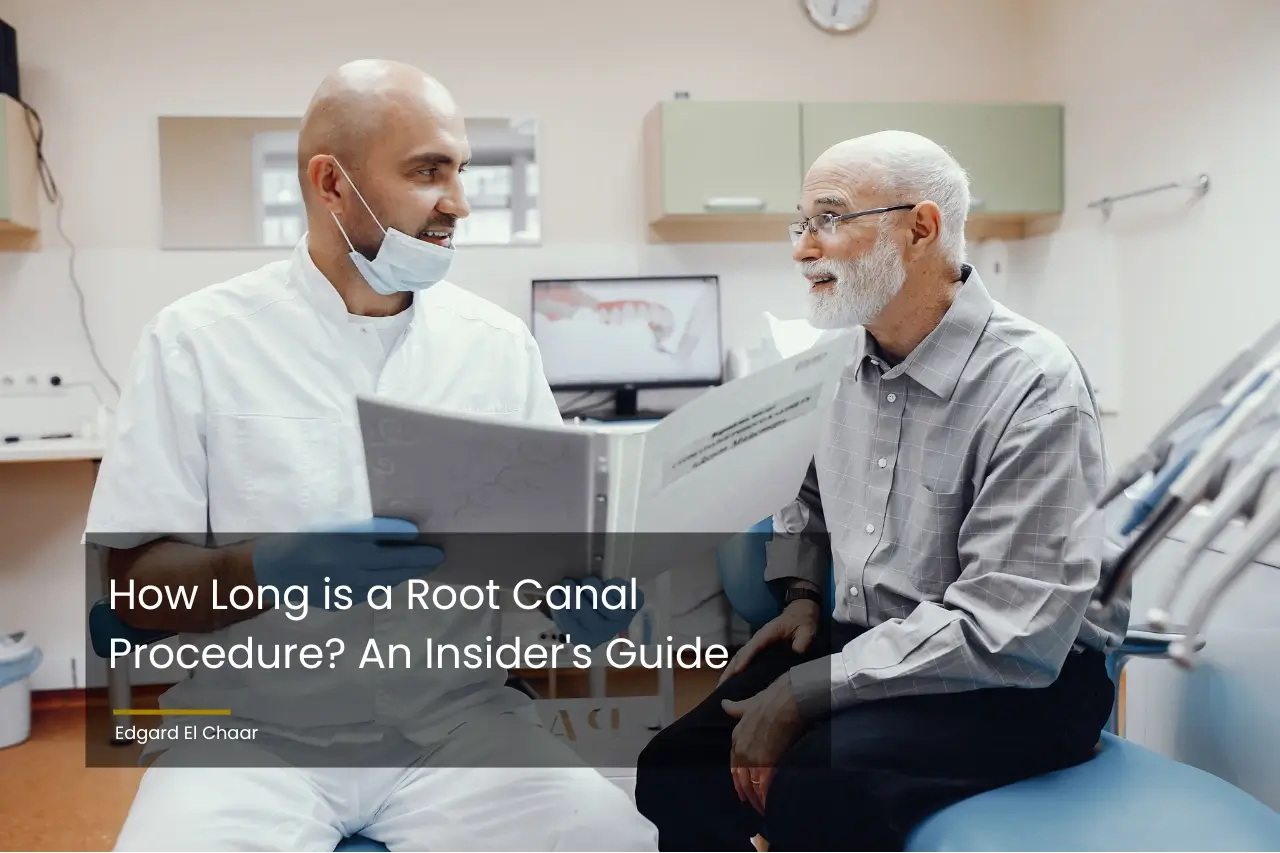
How Long is a Root Canal Procedure? An Insider’s Guide
06/07/2023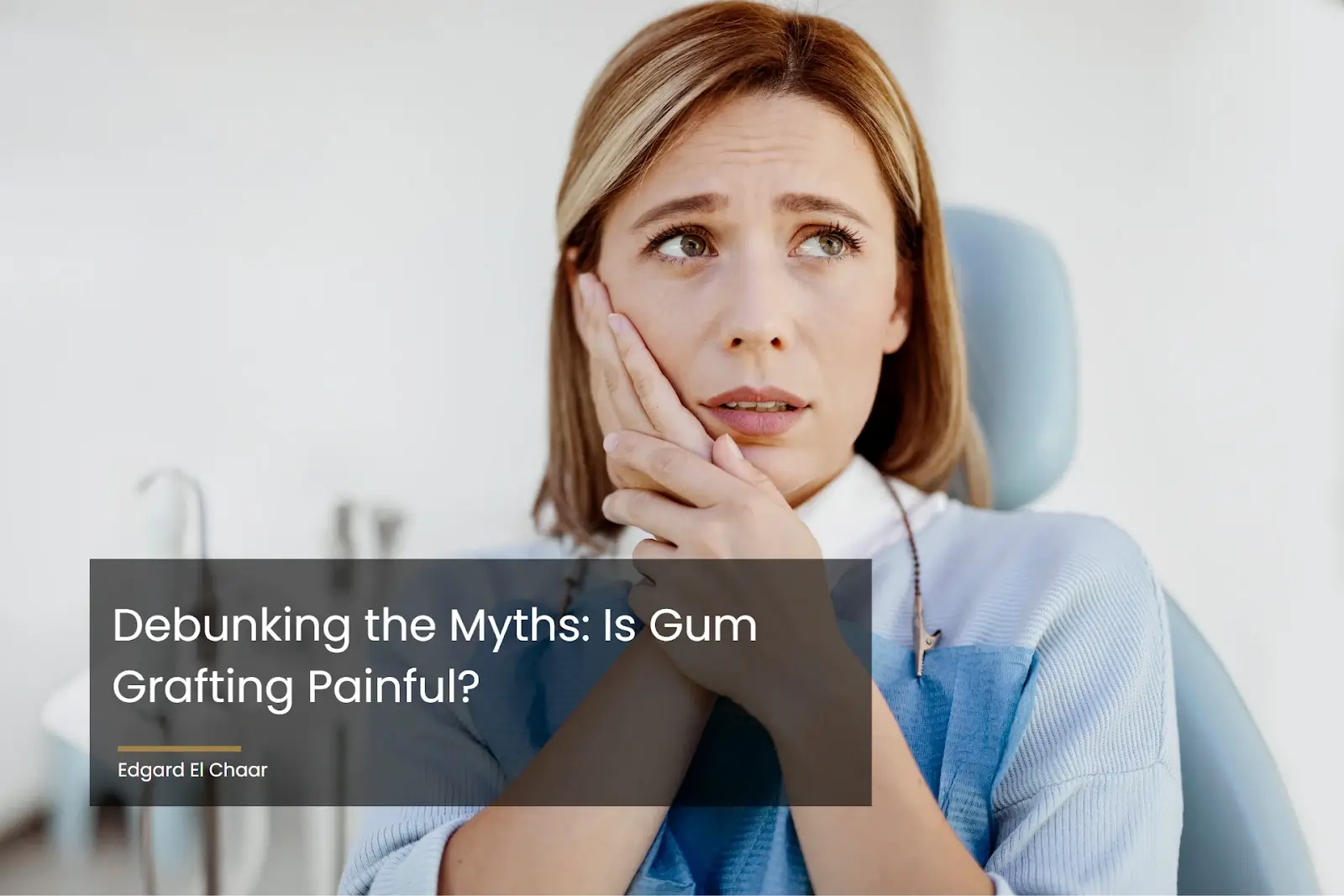
Debunking the Myths: Is Gum Grafting Painful?
06/16/2023When it comes to maintaining oral health, the condition of the gums sometimes gets overlooked. Our gums secure our teeth in place and protect the underlying bone structure, but there comes a time when they recede for different reasons. Once that happens, installing a soft tissue graft can help restore their health and aesthetics.
This article will provide comprehensive information about soft tissue grafts, how to prepare for the surgery, and what to expect during recovery.
Understanding Soft Tissue Graft
Gum recession is a condition where the gum tissue surrounding the teeth wears away, exposing more of the tooth or its root. It’s due to various reasons, including poor oral hygiene, aggressive tooth brushing, periodontal diseases, tobacco products, and genetic susceptibility.
A dental soft tissue graft, or a gum graft, is a surgical procedure to treat gum recession by augmenting the gum tissue around your teeth. Not just used to prevent gum recession from progressing, the procedure also reduces the risk of root sensitivity or cavities. Most importantly, it can also enhance the aesthetics of your smile.
Types of Soft Tissue Graft
There are several types of soft tissue grafts, each addressing specific needs and situations.
Connective Tissue Graft
This is the most common type of gum graft.
The procedure starts with lifting a flap of skin from the roof of your mouth and collecting the tissue from underneath it. This tissue is known as the subepithelial connective tissue. The surgeon then stitches it into the gum tissue surrounding the exposed roots, and the flap on the palate is stitched back down.
Free Gingival Graft
The free gingival graft attaches tissue from the roof of your mouth (instead of the one beneath it) to the receded gum area. This method is often used when additional thick tissue is needed to prevent further recession.
Pedicle (Lateral) Graft
Instead of taking tissue from the roof of the mouth, a pedicle graft stretches a flap of tissue cut from the gum near the tooth needing treatment to cover the receding gum.
The surgeon first makes a small incision in the adjacent gum, creating a flap of tissue still attached on one side, called the pedicle. This flap is then stretched out to cover the exposed root and stitched into place.
The method allows for good blood supply to the area, promoting better healing and often resulting in a more natural-looking end result. However, it’s not suitable for those with thin or insufficient gum tissue adjacent to the affected site.
Allograft (Using Donor Tissue)
If neither of the mentioned procedures is appropriate, an allograft is suggested. This process uses medically processed tissue from donors, eliminating the need for a second surgical site. Best of all, it can reduce discomfort during the recovery process.
Preparing for a Soft Tissue Graft Surgery
Preparing for a soft tissue graft involves several changes:
- Diet: In the days leading up to the surgery, it can be beneficial to maintain a healthy diet. Foods rich in vitamins A and C, like citruses, strawberries, and cruciferous vegetables, can support your immune system and help promote healing post-surgery.
- Hygiene: Maintaining good oral hygiene is crucial before the surgery. Brush and floss frequently to keep your mouth as clean as possible, reducing the risk of post-surgical infection. If you have a dentist’s number, he or she may also recommend a preoperative antibacterial mouth rinse.
- Medication: If you take blood-thinning medications, you may be asked to stop taking them a few days prior to the procedure. Also, mention any antibiotics you use due to a pre-existing condition (like certain heart conditions) with your dentist before dental procedures. They know what medication is best for you post-surgery.
- Resting: Get plenty of sleep and manage stress effectively in the days leading up to your surgery. This can help your body better cope with the procedure and aid in a smoother recovery.
Then, you will meet with your dentist and have a thorough dental examination and cleaning. He or she will provide all the instructions you need, including ways to improve your oral hygiene routine, foods to eat, and medications to take, prescription or over-the-counter.
What to Expect in Soft Tissue Graft Surgery Recovery?
Recovery from a soft tissue graft usually involves very minimal discomfort, but each person’s experience can vary. Here are what you can expect:
Immediate Post-operative Care
After the surgery, it’s important to follow your dentist’s instructions. This might involve taking prescribed medications, using an antimicrobial mouthwash, and avoiding brushing or flossing in the treated area until it heals.
Diet and Activity Restrictions
You might need to stick to soft, cool (not cold) foods after the surgery for a few days to a week. Foods like yogurt, eggs, pasta, and well-cooked vegetables are usually safe choices. Avoid hot, spicy, or hard-to-chew foods that could irritate the graft. You should also refrain from strenuous physical activity for a few days to prevent the graft from bleeding.
⇒ Maybe you’ll be interested in: Foods to Eat After Gum Graft Surgery
Long-term Care and Maintenance
Long-term care is crucial. A rigorous oral hygiene routine that includes brushing gently but thoroughly, daily flossing and regular dental check-ups can help keep your gums healthy. If you smoke, consider quitting, as it might have been the main contributor to the preceding gums.
How to Find a Qualified Professional for Soft Tissue Graft Procedure?
A soft tissue graft can dramatically improve your oral health and the appearance of your smile. When choosing a dentist or periodontist, look for one who specializes in periodontal procedures and has a good track record.
If you need a trustworthy dental service specialized in periodontal diseases, the dedicated professionals at Edgard El Chaar are always available. Contact Dr. Edgard’s Office now for the best support.
-
- Call Us: 212.685.5133 or 212.772.6900
-
- Contact Us by Submitting This Contact Form
Source
Pradhan, S. (2018, June 4). Tooth as a Graft Material? Journal of Nepalese Society of Periodontology and Oral Implantology, 2(1), 1. https://doi.org/10.3126/jnspoi.v2i1.23570
Carranza, F. A., & Newman, M. G. (2019). Soft tissue graft. Cleveland Clinic. https://my.clevelandclinic.org/health/treatments/10985-soft-tissue-graft
Edel, A. (1975, March). The use of a free connective tissue graft to increase the width of attached gingiva. Oral Surgery, Oral Medicine, Oral Pathology, 39(3), 341–346. https://www.sciencedirect.com/science/article/abs/pii/0030422075900766?via%3Dihub
Pripatnanont, P. (2017, March). Role of platelet-rich fibrin in bone graft and soft tissue surgery. International Journal of Oral and Maxillofacial Surgery, 46, 42. https://www.ijoms.com/article/S0901-5027(17)30217-5/fulltext
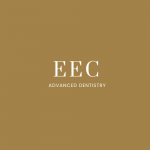
- Edgard El Chaar
- We are proud to offer our patients the most personalized and advanced dental care. The experience and commitment of our practice is unique combining science and artistry for a healthy smile.
